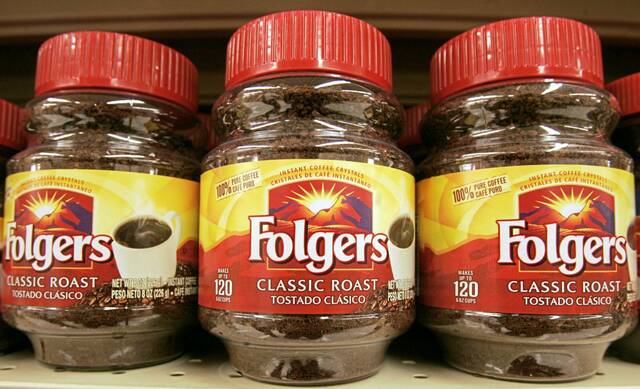https://triblive.com/business/john-dorfman-5-dividend-aristocrats-i-recommend-now/
John Dorfman: 5 dividend aristocrats I recommend now

Should you go aristocratic?
A dividend aristocrat is a company that has raised its dividend every year for the past 25 years. At the moment, there are 68 of them.
These companies are obviously, in a sense, elite. They have demonstrated staying power and a willingness to share the wealth of their enterprise with stockholders.
A dividend aristocrat is not, however, necessarily a buy. The company may be straining to pay its dividend, or even borrowing to pay it. Or it may be funding the dividend with money that ought to be spent on modernizing and improving the business.
Here are five stocks that are dividend aristocrats and also are, in my judgment, good buys now.
A.O. Smith
Look at the water heater in your basement. There’s a fair chance it was made by A.O. Smith Corp. (AOS).
The stock market hasn’t been very kind to A.O. Smith. In the past year its stock has sunk 9.5%. In the past 10 years, the compound annual return has been 7.3%, which is half the annualized total return on the Standard & Poor’s 500.
Yet, I think highly of the company. Its return on equity (a measure of profitability) is about 28%. I consider 15% good and 20% excellent.
What’s more, A.O. Smith has very little debt. Debt is only 12% of stockholders’ equity, a nice low figure.
Franklin Resources
A mutual fund giant, Franklin Resources Inc. (BEN) manages about $1.6 trillion, mostly in stock and bond funds. It’s done even worse than A.O. Smith, with an annualized return of negative 1% over the past decade.
Two intersecting trends hurt Franklin. Investing in index funds has become increasingly popular. Franklin is known for actively managed funds. Also, exchange-traded funds (ETFs) have taken market share from traditional mutual funds.
It’s fair to say Franklin was late to the party in ETFs, but it now offers a wide variety of them. And I expect active management to become more popular again.
J.M. Smucker
J.M. Smucker Co. (SJM) is probably best known for its eponymous jam, but its biggest product category is coffee, including the Folgers brand. Some of its other products are pet food (Milk Bone and Meow Mix), peanut butter (Jif) and snack cakes (Hostess).
The stock is down about 2% this year, and the same for the past decade. It has several problems, but one of them — the tariff on coffee — is about to be solved. The Trump administration, recognizing public indignation about food prices, says it will eliminate this tariff.
My other reason for liking the stock is this: Unfortunately, I think the U.S. will be in recession by May. Consumer-staples companies like Smucker usually hold up pretty well in recessions.
Johnson & Johnson
Based in New Brunswick, N.J., Johnson & Johnson is the largest drug company in the U.S. by market value, and calls itself the world’s largest health care company. Its net profit margin of 27% is remarkable, as is its profitability (33% return on stockholders’ equity).
Considering these virtues, the stock seems reasonably priced to me at 19 times earnings. It is up about 36% this year but was stagnant for four years before that. Over the past decade, J&J stock has sold for a median of about 24 times earnings, so it seems attractive to me at the current quote.
General Dynamics
I have held General Dynamics Corp. (GD) shares for years, and recommended it from time to time in this column. The big defense contractor should have a tailwind from increased military spending by European nations, and public support for the defense industry in the U.S.
For that, the company can thank our enemies, notably Vladimir Putin’s Russia, Xi Jinping’s China, as well as Iran and North Korea. The stock is up about 32% year-to-date through Nov. 14, but I expect further gains.
Performance
Depending on definitions, this is either the first or second column I’ve written about dividend aristocrats. Two years ago, I wrote about dividend kings — stocks that have raised their dividend each year for 50 years.
I recommended seven of the kings (which by definition are also aristocrats). They returned 21.5% in 12 months, a figure that normally would thrill me. However, the Standard & Poor’s 500 Total Return Index was up 24.3% for the same period.
Bear in mind that my column results are hypothetical and shouldn’t be confused with results I obtain for clients. Also, past performance doesn’t predict the future.
Disclosure: I own General Dynamics shares personally and for most of my clients. I own Johnson & Johnson for one or more clients.
Copyright ©2025— Trib Total Media, LLC (TribLIVE.com)
